Conquest Resources Limited (TSXV: CQR) ("Conquest" or the "Company") has collared its first hole in a program that will test over thirty geophysical anomalies over the next several months. Camp construction was completed on schedule and on budget. Final VTEM Max processed data was received in May and modeled for drill targeting. Drill pads have been constructed for the first series of holes and permits received from the MLAS office of the Ontario Government.
The VTEM targets vary in size and conductivity with some having coincident magnetic associations. Most targets are covered with a veneer of Huronian sediments and or Nipissing diabase sills (fig 1). Thickness of cover rocks is variable but generally expected to be between 100 and 300m. Deposit types known to exist in this portion of the 100% Conquest controlled land package are magmatic Cu-Ni-PGE, Volcanogenic Massive Sulfide and gold in Banded Iron Formation.
To view an enhanced version of Figure 1, please visit:
https://orders.newsfilecorp.com/files/7183/87040_ed50103824651b62_002full.jpg
Afton-Scholes VMS Cu-Zn
The company has compiled historic exploration data collected on this part of the Temagami Greenstone Belt. In addition to the EM components, the recent VTEM survey provided high resolution total field magnetic data for the surveyed area. Exemplified by the Eaglerock Lake greenstone window, fig 2, the color contoured magnetic field derivative product coupled with coincident VTEM conductor positions, clearly reveals the locations of possible subcroppings of the greenstone belt conductive and/or magnetic units. Additionally, in the Eaglerock Lake area historic exploration and drilling has resulted in the discovery of a Po, Py and Cpy bearing series of lenses identified as a VMS related exhalate horizon. Historic drilling verifies the presence of anomalous Cu and Zn and alteration consistent with VMS style deposits resulting in an environment permissive for an economic VMS Cu-Zn discovery. The company plans to carry out an aggressive drill program in the assessment of these priority target areas at Eaglerock and to the SW in search of additional greenstone targets.
To view an enhanced version of Figure 2, please visit:
https://orders.newsfilecorp.com/files/7183/87040_ed50103824651b62_003full.jpg
Belfast Gravity Targets
The Company has also received final infill ground gravity processed by Clearview Geophysics on the northern portion. Kevin Stevens, Chief Geophysicist commented "We are very pleased with the results of our 190 site ground gravity survey in Belfast Township. Our IOCG model for the Temagami Region is driven by the identification of a crustal scale structural regime in the corridor that is coincident with a geochemically anomalous region, in central Belfast Township, and is also associated with the eastern extents of the Temagami Geophysical Anomaly. Our airborne and ground programs have successfully outlined three areas of anomalous gravity responses. Several copper-gold-hematite occurrences associated with large quartz veins have been historically discovered in the area as well. We are greatly anticipating our first drill holes into these structurally controlled dense and magnetic sources all of which appear to sub-crop within the top 600m of surface".
To view an enhanced version of Figure 3, please visit:
https://orders.newsfilecorp.com/files/7183/87040_ed50103824651b62_004full.jpg
Figure 3 shows an image of the color contoured Bouguer gravity responses from the 190 site ground gravity survey in Belfast Township. Nominal station spacing is 300-350m over an area of 5x4km. A west to east increasing gravity trend is offset on the west side by a north south trending gravity and magnetic low, interpreted to be a major structure. Three distinct circular gravity response areas exceeding 7 mGals each are identified, with the largest amplitude feature on the east part of the grid, A-C. Coincident with, but slightly offset to the south of the gravity centers, are the interpreted magnetic anomalies identified by the VTEM airborne magnetic survey. Mapping and interpreting geology and basement topography, along with gravity highs +/- associated offset magnetic responses, are important vectors to IOCG permissive regions at the regional scale as shown in the Gawlor Craton, Australia. North to south 1st derivative gravity trends are revealed and suggest further structural controls on the emplacement of these 1.5-2km diameter, individually dense and magnetic bodies. Mineral occurrences of chiefly copper and gold are located within these anomalous areas and may be associated with the deeper magnetic and dense IOCG type geologic systems.
Conquest's first 3500m of drilling will commence on priority VMS Cu targets. Results from the program will be reported as they become available.
Results of Annual General Meeting
Election of Directors
All the outgoing directors: Messrs. Kearney, Obradovich, Levy, McKillen, and Palframan were re-elected as directors on a single ballot in accordance with the proxies submitted. The detailed results of the proxies submitted for the vote on the election of directors are as follows:
| Director | Votes For | % of Votes For | Votes Withheld | % of Votes Withheld |
| John F. Kearney | 27,622,936 | 94.93 | 1,472,777 | 5.06 |
| Tom Obradovich | 28,758,313 | 99.11 | 256,400 | 0.88 |
| Jamie Levy | 29,089,313 | 99.97 | 6,400 | 0.02 |
| Terence McKillen | 28,504,936 | 97.97 | 590,777 | 2.03 |
| Peter Palframan | 28,685,937 | 98.59 | 409,776 | 1.40 |
Re-Appointment of Auditors
McGovern Hurley LLP Chartered Professional Accountants were re-appointed as the Company's Auditors for the current year and the directors were authorized to fix the remuneration of the Auditors.
Approval of the Corporation's Stock Option Plan
By a single ballot in accordance with the proxies submitted, the Company's Stock Option Plan was ratified.
Qualified Person
The technical content of this News Release has been reviewed and approved by Joerg Kleinboeck, P.Geo., a qualified person as defined in NI 43-101.
ABOUT CONQUEST
Conquest Resources Limited, incorporated in 1945, is a mineral exploration company that is exploring for base metals and gold on mineral properties in Ontario.
Conquest holds a 100% interest in the Belfast - Teck Mag Project, located in the Temagami Mining Camp at Emerald Lake, approximately 65 kilometers northeast of Sudbury, Ontario, which hosts the former Golden Rose Gold Mine and is underlain by highly prospective Abitibi greenstone geology along a strike length of seventeen (17) kilometers.
In October 2020, Conquest completed the acquisition of Canadian Continental Exploration Corp. which holds an extensive package of mining claims which surround Conquest's Golden Rose Mine, and subsequently doubled its land holdings in the Temagami Mining Camp through the staking of 588 mining cells, encompassing approximately 93 sq km., centered on Belfast Township, on the edge of the Temagami Magnetic Anomaly.
Conquest now controls over 300 sq km of underexplored territory, including the past producing Golden Rose Mine at Emerald Lake, in the Temagami Mining Camp.
Conquest also holds a 100% interest in the Alexander Gold Property located immediately east of the Red Lake and Campbell mines in the heart of the Red Lake Gold Camp on the important "Mine Trend" regional structure. Conquest's property is almost entirely surrounded by Evolution Mining land holdings.
In addition, Conquest owns a 100% interest in the Smith Lake Gold Property of six patented claims and 181 staked mining claims to the north, west and south of the former Renabie Gold Mine in Rennie Township in northern Ontario, operated by Corona and Barrick that had reported gold production of over 1,000,000 ounces between 1947 and 1991 (Northern Miner March 4, 1991).
general@conquestresources.com
www.conquestresources.com
Tom Obradovich
President & Chief Executive
416-985-7140
Forward-looking statements. This news release may include certain "forward-looking statements". All statements other than statements of historical fact, included in this release, including, without limitation, statements regarding the completion of the Acquisition and the Consolidation, the release of escrowed funds, future cash on hand, potential mineralization, resources and reserves, exploration results, and future plans and objectives of Conquest, are forward-looking statements that involve various risks and uncertainties. There can be no assurance that such statements will prove to be accurate and actual results and future events could differ materially from those anticipated in such statements. Important factors that could cause actual results to differ materially from Conquest's expectations are exploration risks detailed herein and from time to time in the filings made by Conquest with securities regulators. Neither the TSXV nor its Regulation Services Provider (as defined in the policies of TSXV) accepts responsibility for the adequacy or accuracy of this release.

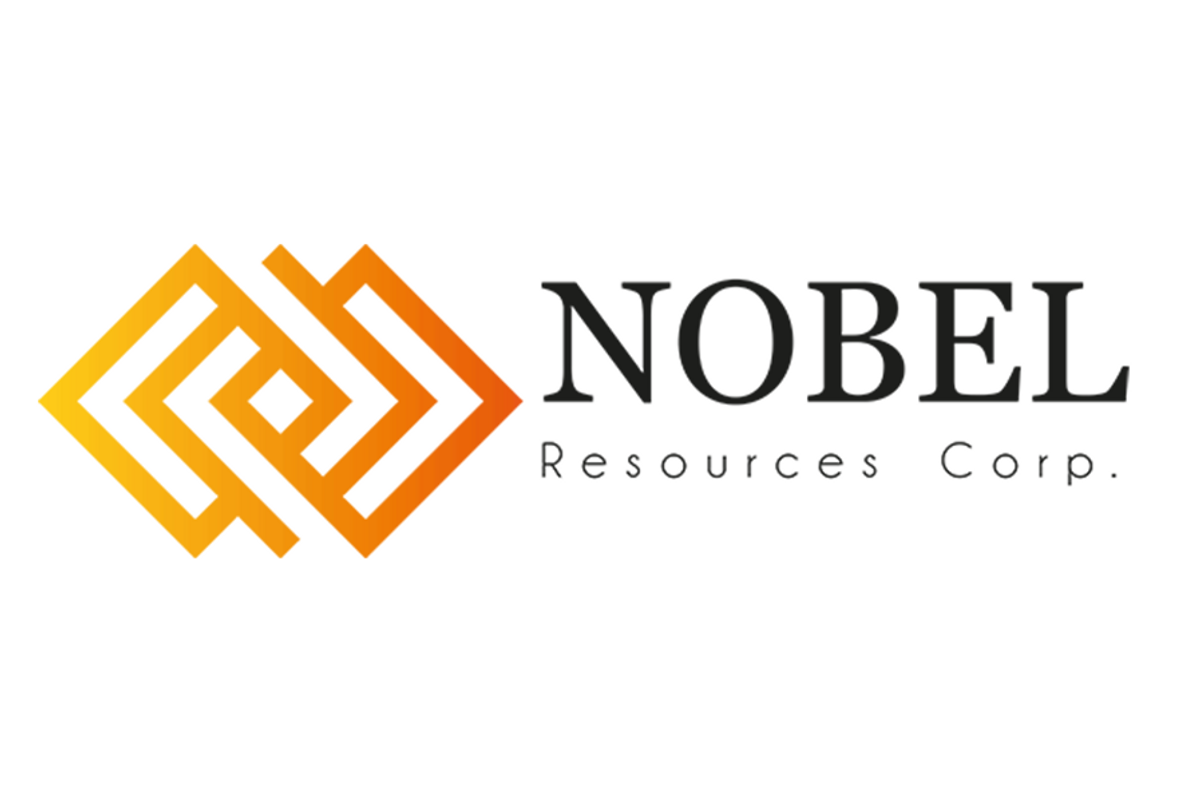

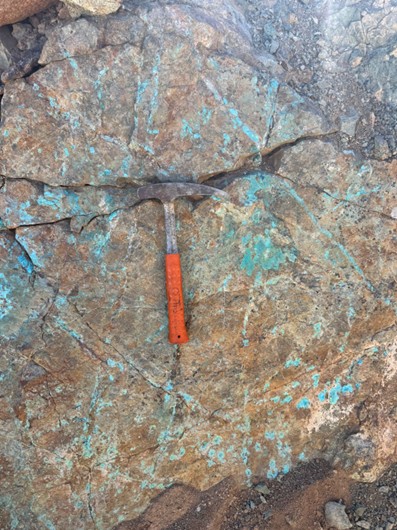
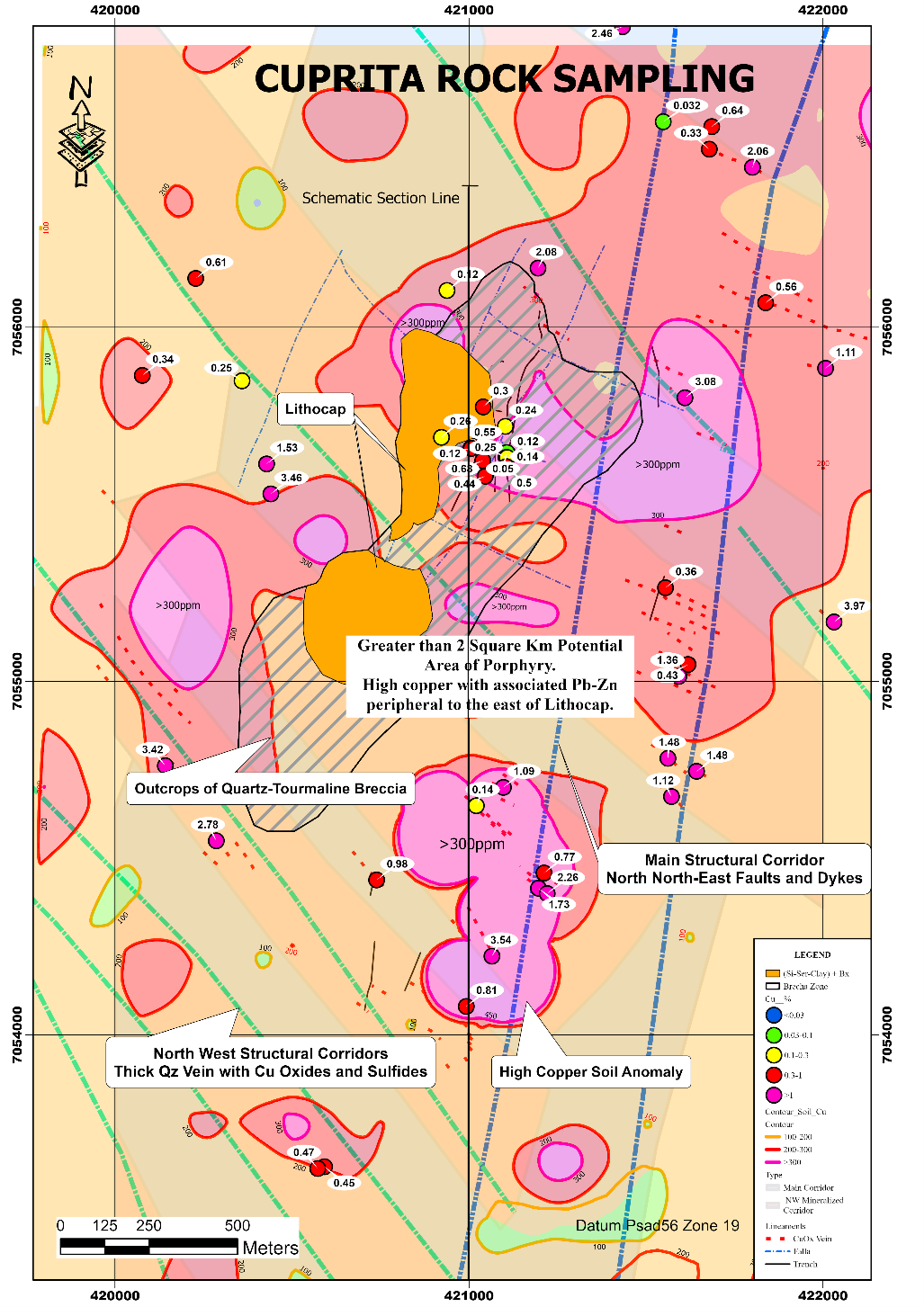
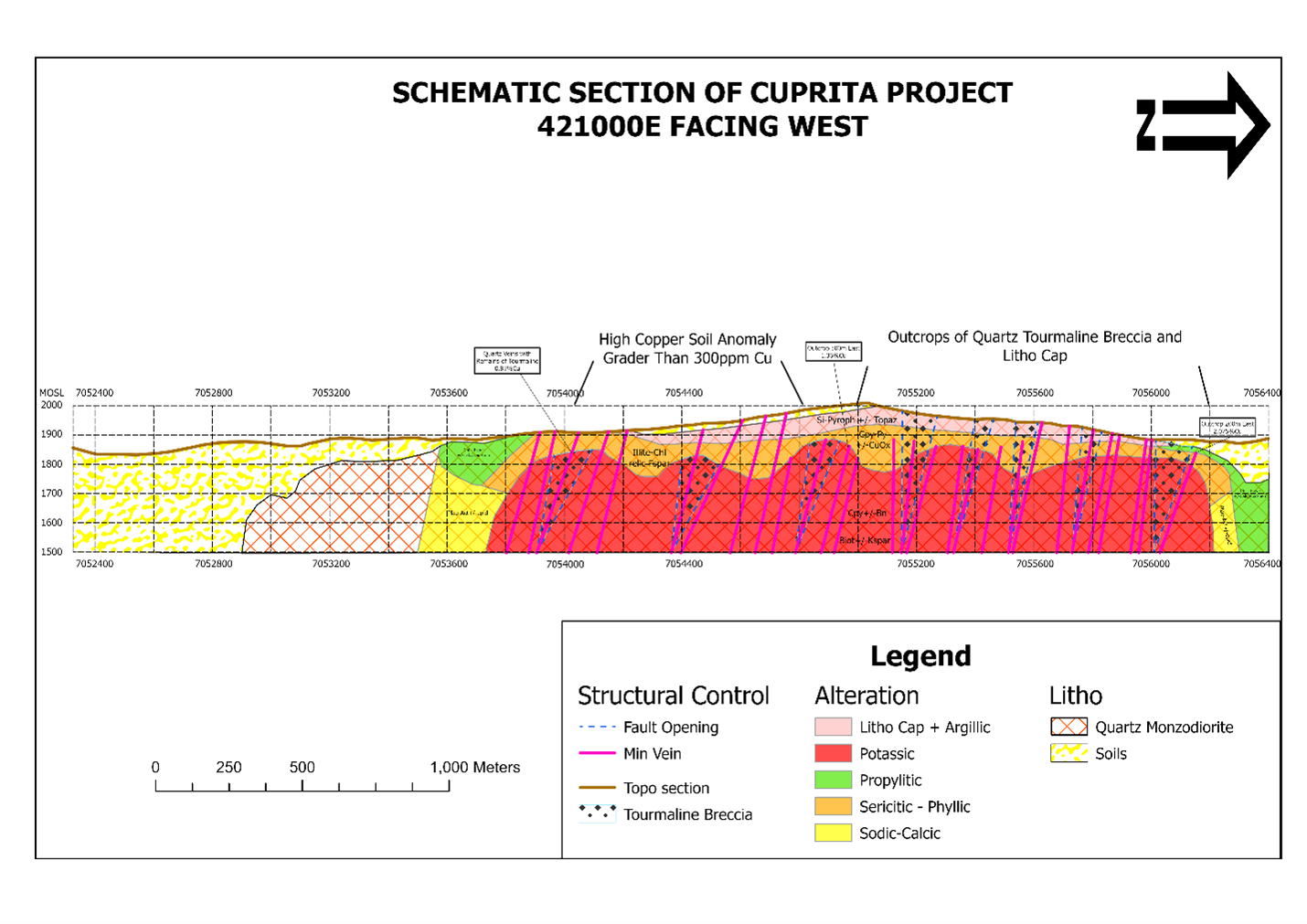
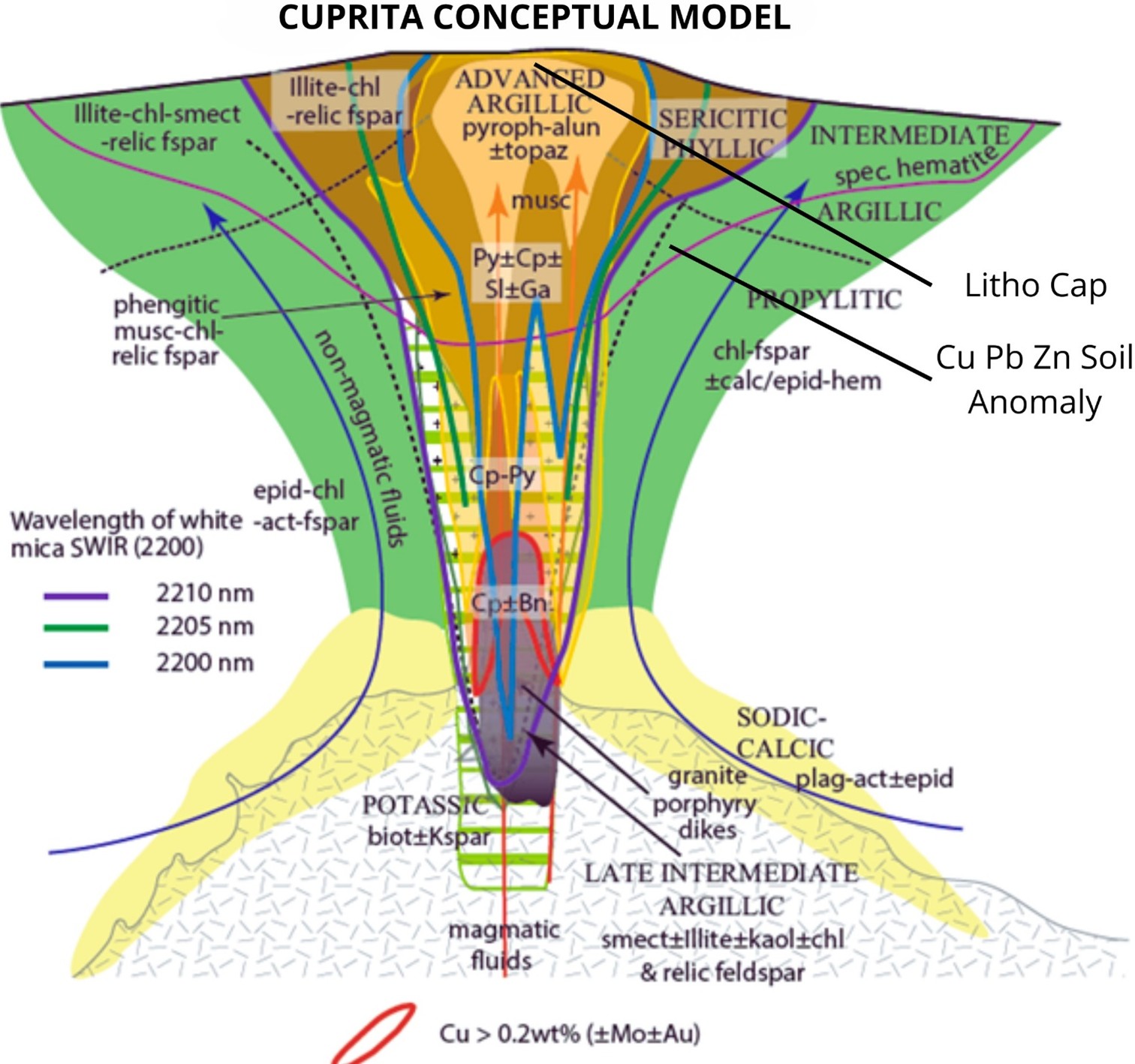

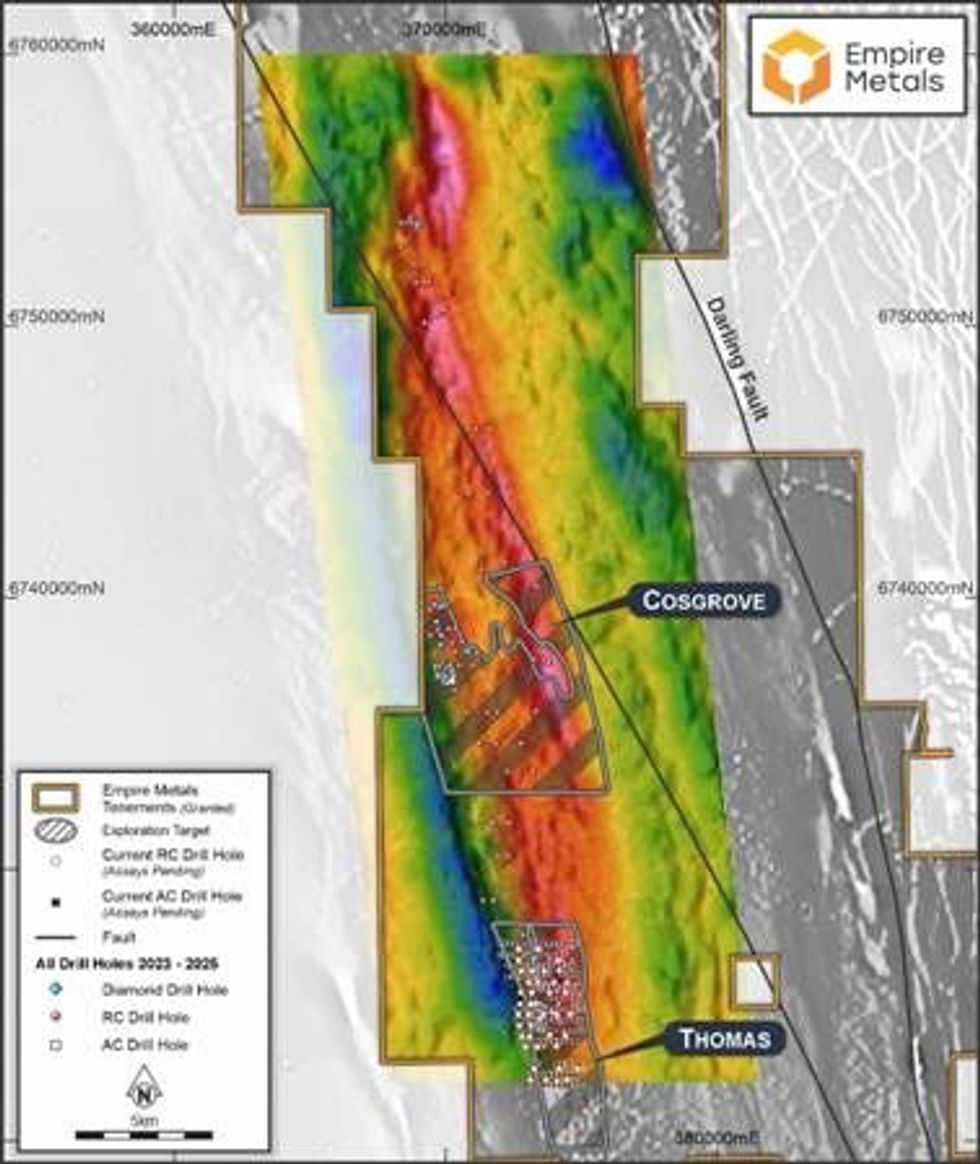 Figure 1. Grey-scale magnetics overlain by airborne gravity data showing RC, AC and diamond drillhole collar locations and JORC Exploration Target areas.
Figure 1. Grey-scale magnetics overlain by airborne gravity data showing RC, AC and diamond drillhole collar locations and JORC Exploration Target areas.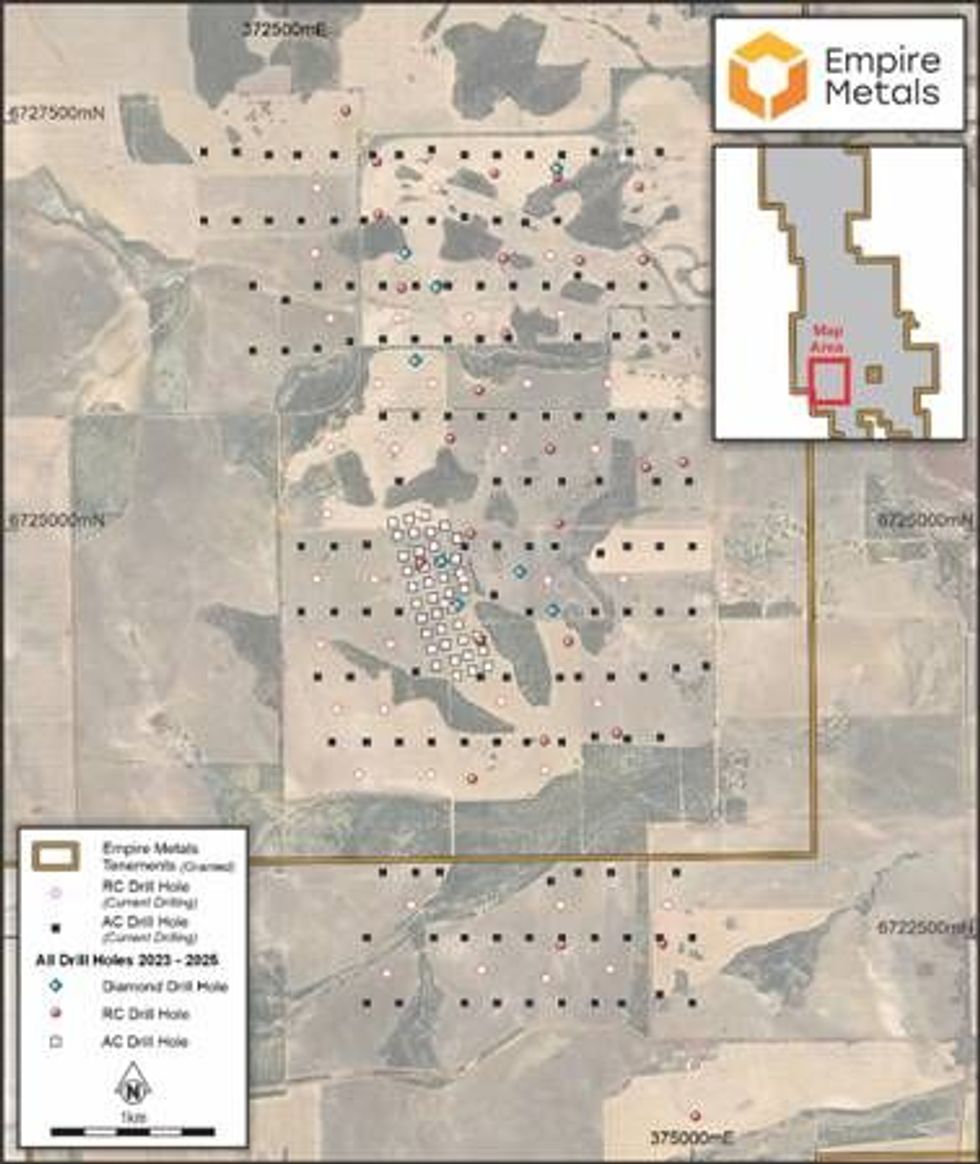 Figure 2. RC and AC drill hole collar locations within the Thomas Prospect priority area.
Figure 2. RC and AC drill hole collar locations within the Thomas Prospect priority area.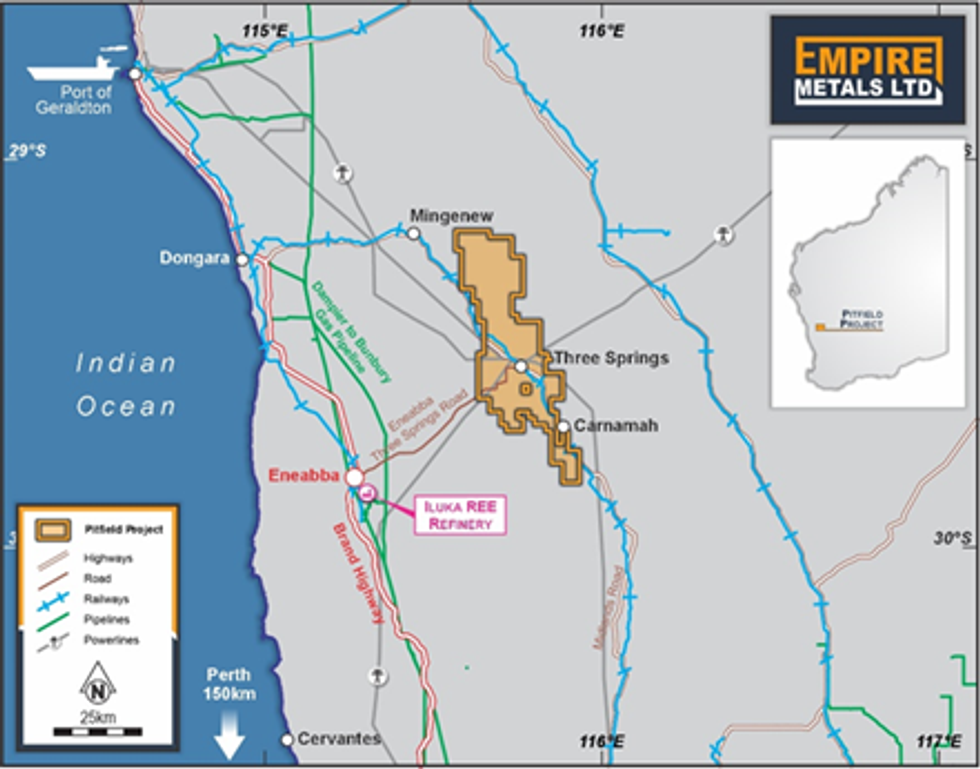 Figure 2. Pitfield Project Location showing theMid-West Region Infrastructure and Services
Figure 2. Pitfield Project Location showing theMid-West Region Infrastructure and Services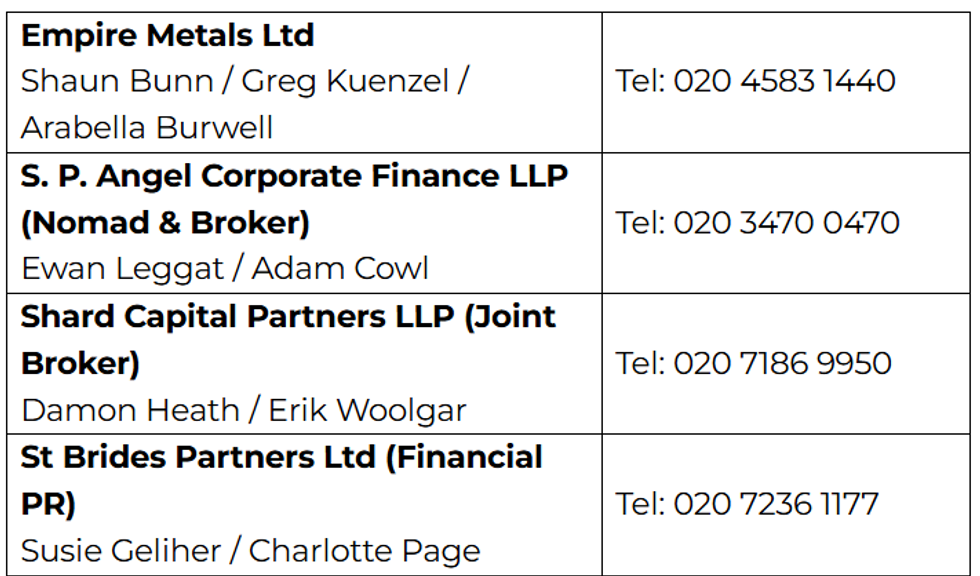

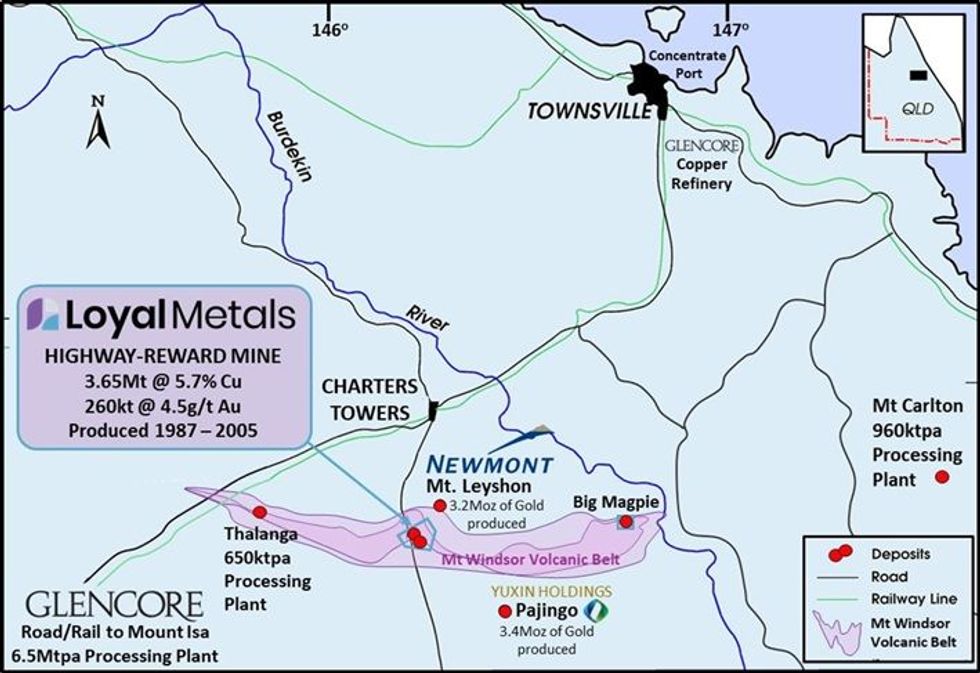 Figure 1 Highway Reward Copper Gold Mine: Located 37 km south of Charters Towers within the Mount Windsor Volcanic Belt. Accessible via an all-weather highway, 172 km from the Port of Townsville, Queensland, Australia.
Figure 1 Highway Reward Copper Gold Mine: Located 37 km south of Charters Towers within the Mount Windsor Volcanic Belt. Accessible via an all-weather highway, 172 km from the Port of Townsville, Queensland, Australia. Graph 1: Highway Reward Copper Gold Mine - mining ceased in July 2005: 28 Years of Commodity Growth
Graph 1: Highway Reward Copper Gold Mine - mining ceased in July 2005: 28 Years of Commodity Growth
